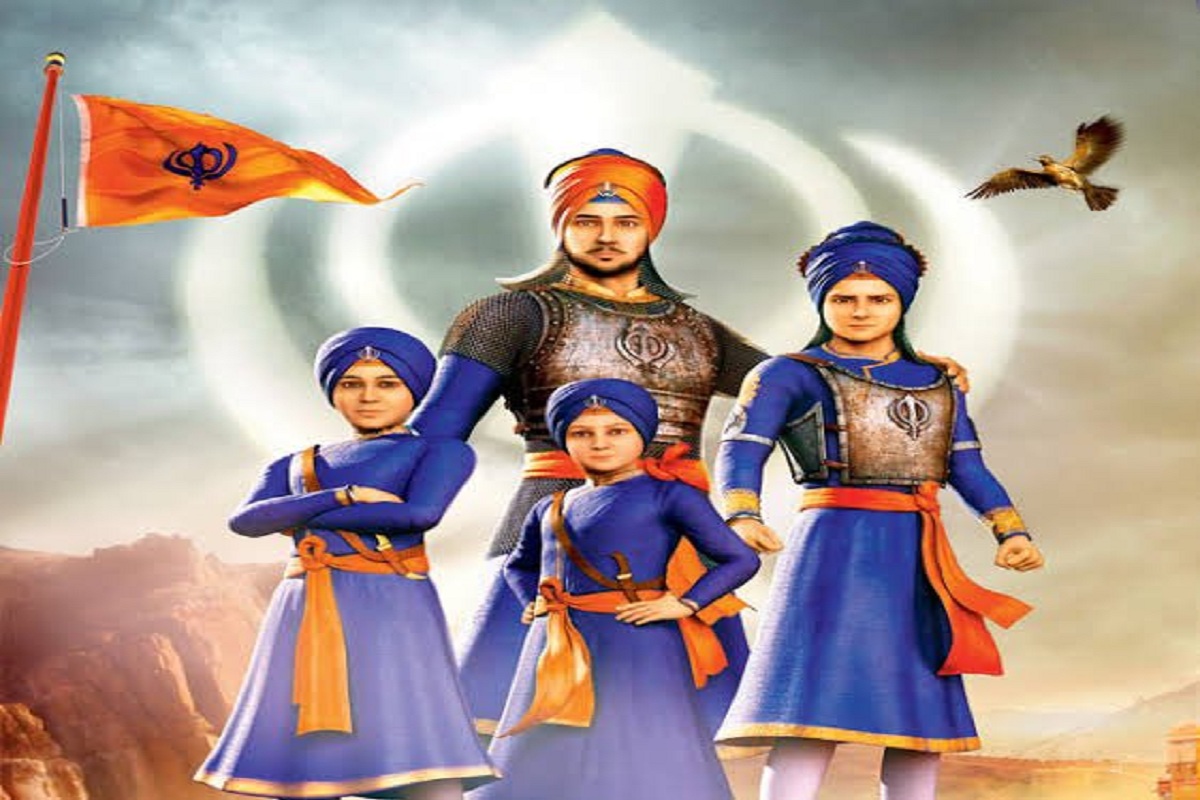The martyrdom of the four “Sahibzaade” (Sons) is an important and integral part of the Sikh history and the occasion of their martyrdom is remembered, and commemorated both with great vigour and very acute sadness, by the Sikh community every year in the month of December, also known to be the month of “Poh”.
Chaar Sahibzaade, (‘Chaar’ means four and ‘Sahibzaade’ refers to the sons or scions, young men of genteel birth) is a term endearingly used for the four sons of Guru Gobind Singh Ji, the 10th guru of the Sikhs.
Advertisement
The incidents that took place on the 21st and 27th of December 1704 AD are the days that hold very dear memories for the Sikhs around the world.
Guru Sahib, the four Sahibzaade, Mata Gujari Kaur, Guru’s Mahil, Mata Jeeto Ji, his wife, the five Panj Piaras and a few hundred Sikhs left Anandpur Sahib on the chilly night of 20 December 1704 towards Ropar (in present-day Punjab).
On the intervening night of 20–21 December, the Mughals breached the vows and attacked Guru’s entourage at a site on the Sarsa rivulet some 25 kms from Anandpur Sahib. The Guru’s family was separated and broken away. This spot is now known as “Pariwar Vichhora” and the Gurudwara Sahib is also built up there in their honour as “Gurudwara Pariwar Vichhora Sahib”. Guru’s Mahil left with Bhai Mani Singh towards Delhi.
Guru Gobind Singh Ji with two elder Sahibzaade, 5 Panj Piaras, and 40 Sikhs proceeded towards Chamkaur and reached there on the afternoon of 21 December.
The famous Chamkaur battle, also known as the Battle of Chamkaur Sahib, was a battle fought between the Khalsa, that took place on December 22 and the older Sahibzaade, called the ‘Vaada Sahibzaade’, attained martyrdom while fighting the powerful and very well-equipped Mughal army comprising of thousands at the young age of 18 and 14 years old respectively. Three Panj Piaras and 40 Sikhs laid down their lives fighting the 10 lakh strong mighty Mughal army.
Another Sikh, who resembled the Guru, Sangat Singh, donned the Guru’s clothes and remained with the soldiers. Negotiations broke down and the Sikh soldiers chose to engage the overwhelming Mughal forces, thus allowing the Guru to escape.
The next morning, the remaining Sikhs were martyred by the Mughal forces. During the battle, Guru Ji’s two youngest sons, Zorawar and Fateh and their grandmother Mata Gujri Ji got separated from the rest of the Sikhs.
A former servant, Gangoo, a Kashmiri pandit, from his house, saw them and suggested that they come with him to his village. They were grateful for his help and went with him. However, the servant breached their trust and in greed of money, disclosed their location to the Mughal. The Mughals came to the house and captured them.
All three were imprisoned in the Open Tower (Thanda Burj), in chilling winters with no mats to sleep on, just strands of straw as their bedding. The sons were brought to Wazir Khan, the governor of that state. Wazir Khan believed in Emperor Aurangzeb’s vision. Wazir Khan told the Sahibzaade that he would spare their lives if they converted to Islam.
Even at such a young and juvenile age, the two Sahibzaade stood steadfast and firm to the Khalsa Panth and refused to convert to Islam. As a result, Wazir Khan ordered that a brick wall be put up around them. The two Sahibzaade attained martyrdom by being bricked alive. Mata Gujar Kaur could not bear the trauma of her young grandsons getting martyred and the same day, upon hearing the news, left for her heavenly abode.
On 27 December 1704, a heinous and cold-blooded crime was committed in the Sarzameen of Sirhind. The younger pair called the ‘Chotta Sahibzaade’ was martyred together by the Mughals in Sirhind at the tender age of 6 and 9 years respectively. This place is now known as “Jyoti Swaroop Gurudwara Sahib” at Fatehgarh Sahib, Punjab, India.









